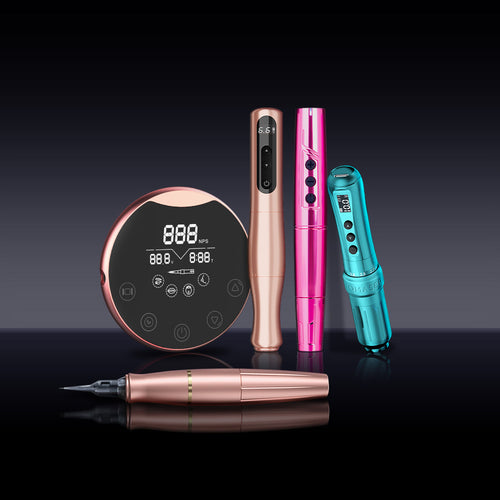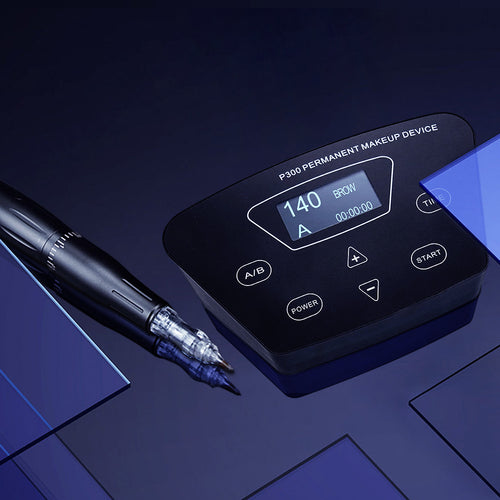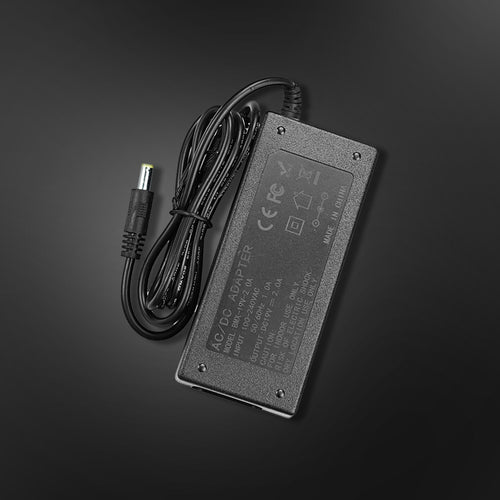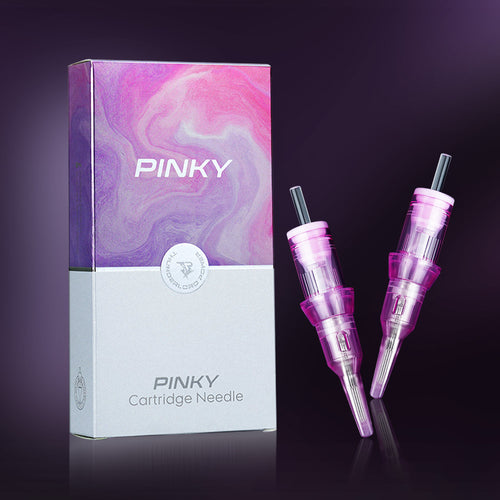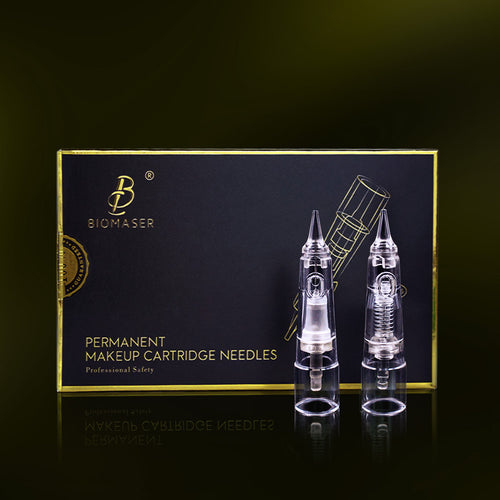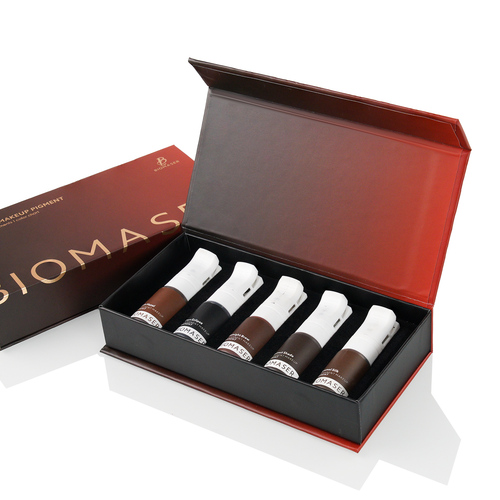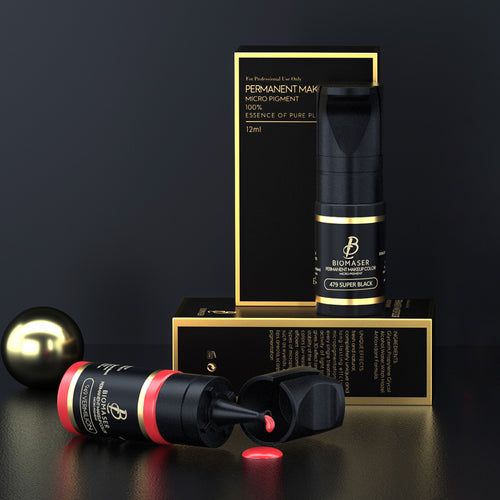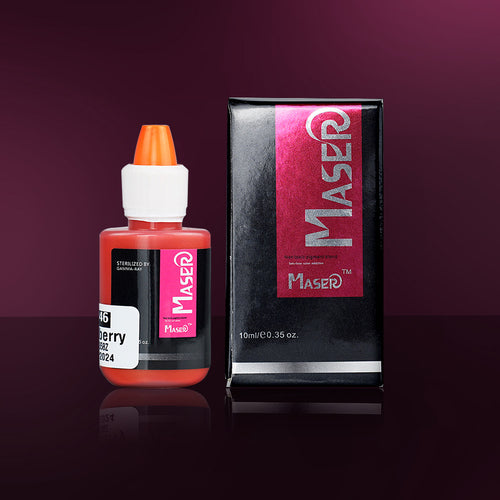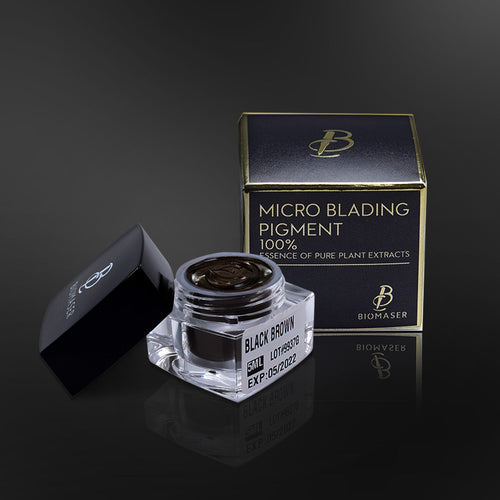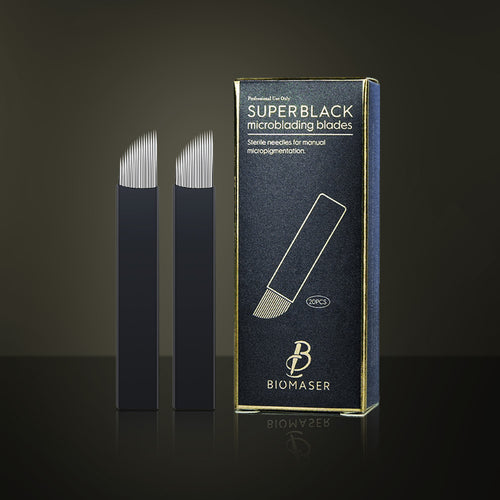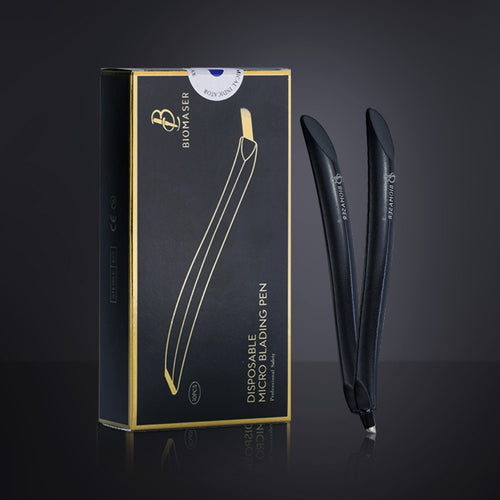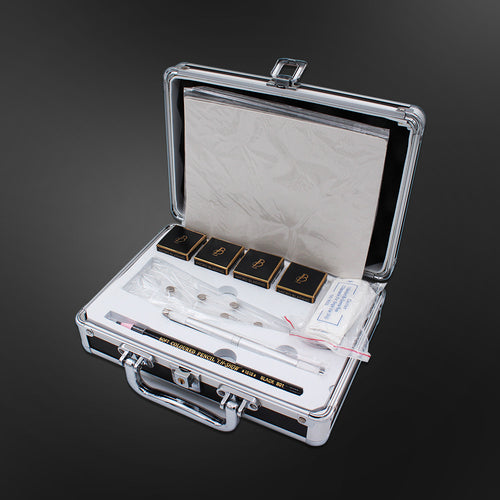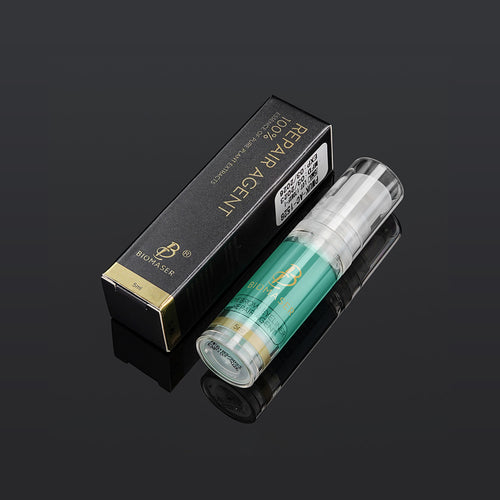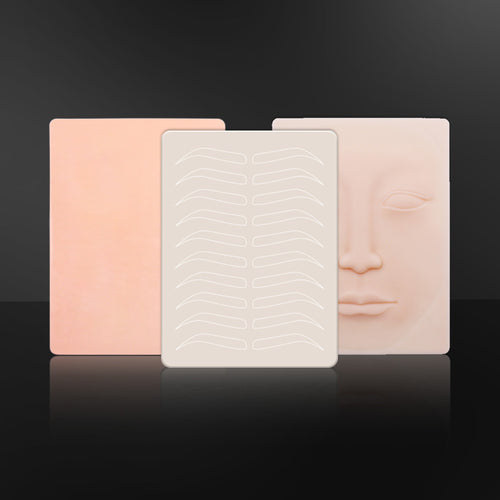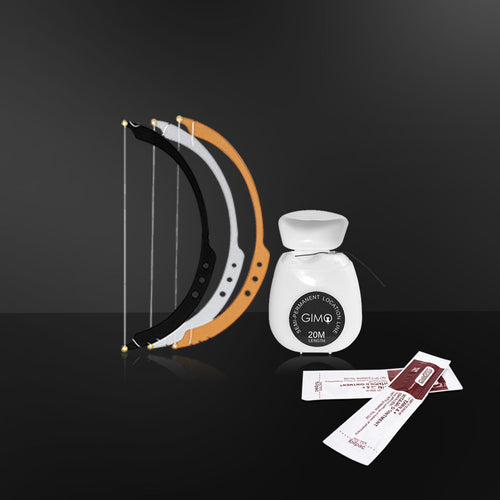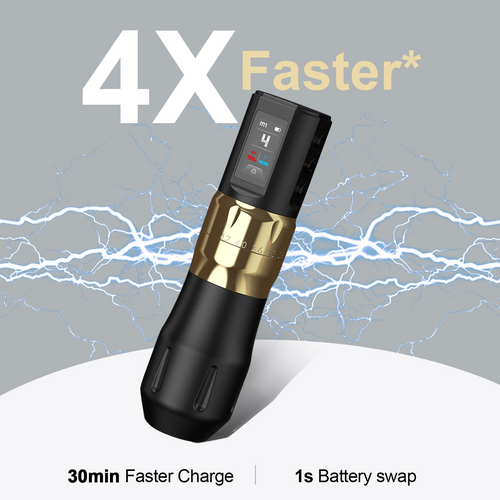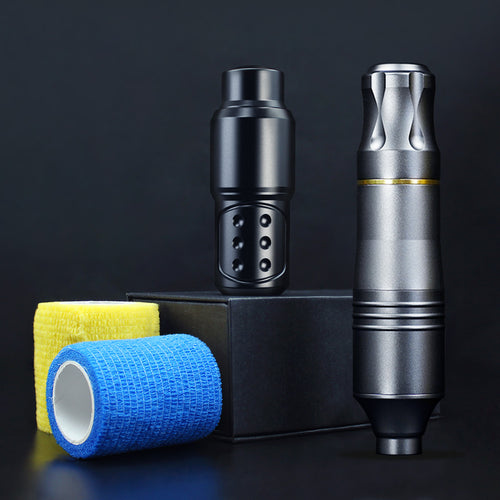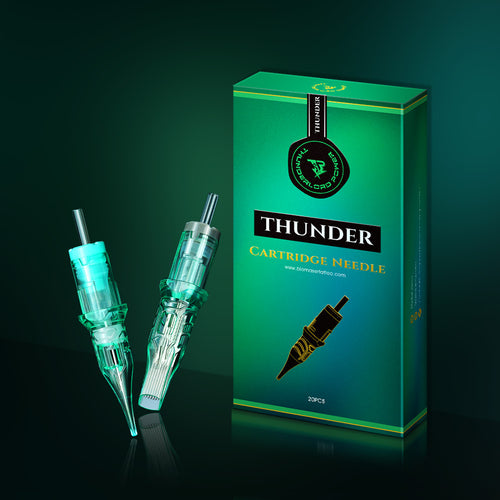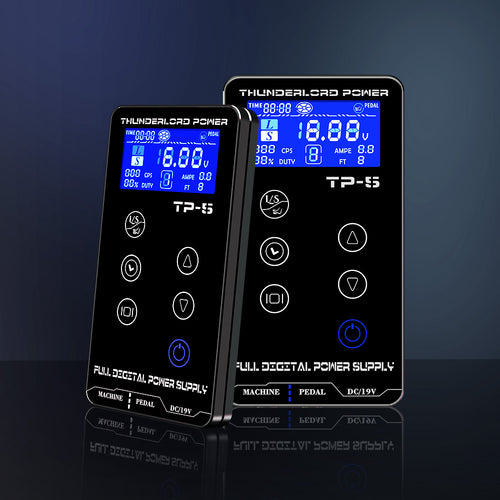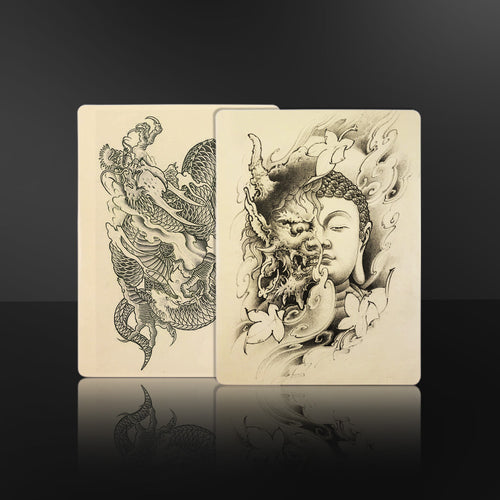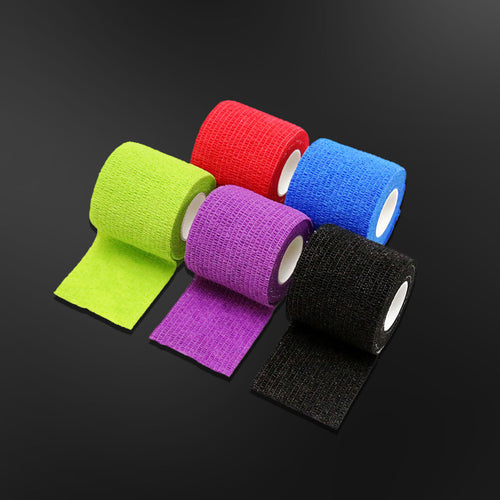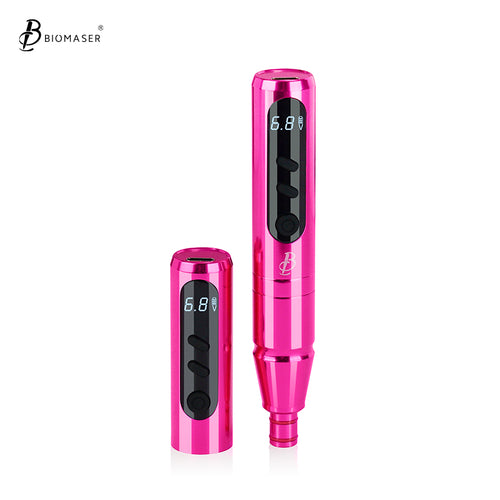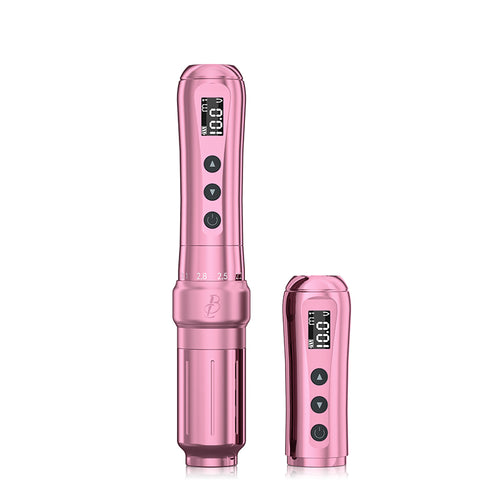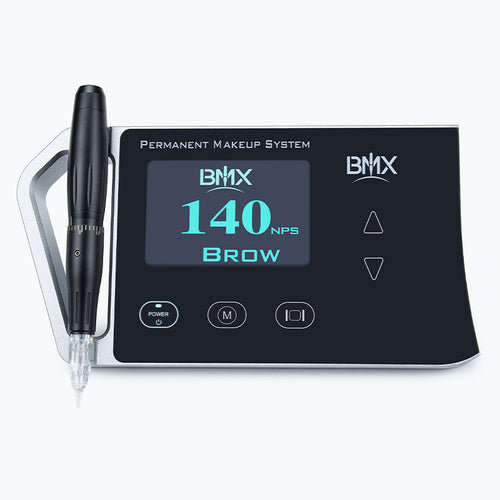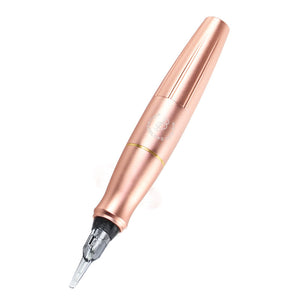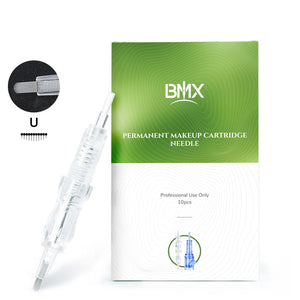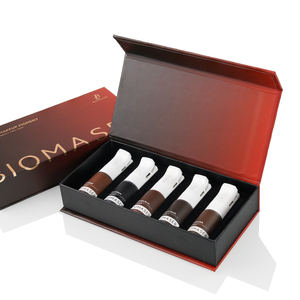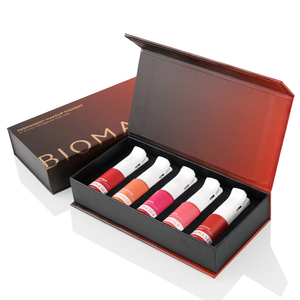Different Tattoo Styles Explained: A Comprehensive Guide
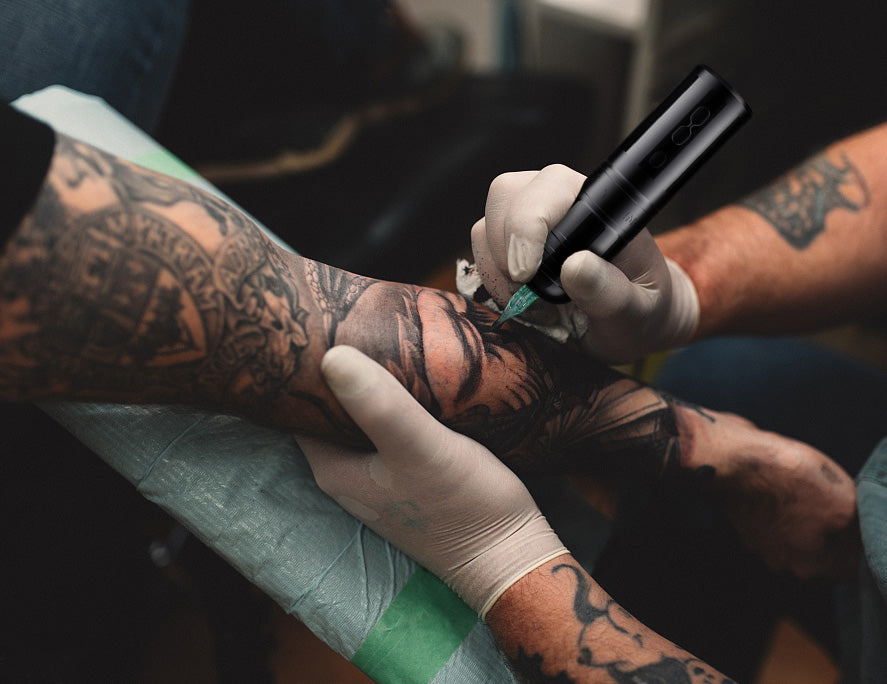
Historically, tattoos served as emblems of status and tradition, but they've transformed into personal statements and forms of individual artistry. The diversity in tattoo styles today reflects this change, offering a wide range of options that cater to different histories, skills, and visual tastes. Each style brings its own flavor and character to the world of ink, celebrating both the collective heritage and the unique personality of each person who chooses to get inked.
Traditional or Classic Tattoos
Traditional, sometimes referred to as Old School, tattoos are known for their bold lines, bright colors, and iconic designs like anchors, eagles, and hearts. They pay homage to the tattooing lineage that began in the early 20th century at the hands of pioneering artists who worked on sailors and adventurers.

Common Themes and Imagery
- Nautical Themes: Anchors, Sailor's Knots, Ships, Compasses, Swallows, Mermaids, Lighthouses
- Symbols of Bravery and Freedom: Eagles, Lions, Snakes, Skulls
- Symbols of Love and Affection: Hearts, Name Banners, Cupids, Roses
- Romance and Resilience: Daggers, Panthers, Female Faces (Gypsy, Pin-up Girls), Phrases or Banners
- Other Iconic Designs: Cherries, Dice, Stars and Moons, Butterflies
Realism Tattoos
Realism tattoos are a testament to the artistry and precision of the tattooist, aiming to replicate subjects as they appear in nature or photography with lifelike detail. This requires a mastery of shading, depth perception, and color theory to achieve the desired three-dimensional effect.

Black and Grey vs. Color Realism
Black and Grey: These tattoos use different shades of black ink to create a range of greys that mimic the look of a black-and-white photograph. The artist layers these greys to give the picture depth, making some areas pop out and others fade back.To truly master this style, a deep understanding of greywash technigues is essential, as explored in our article on "Mastering Gray Tattoo lnk: Technigues, Tips, and Trends".
Color Realism: When full color is used, the tattoo can look as vibrant as real life or a high-quality print. The artist has to know exactly how to mix and layer colors to get the tones just right.
Common Themes and Imagery
- Portraits: Loved Ones, Celebrities, Historical Figures
- Animals: Pets, Wildlife
- Nature Scenery: Landscapes, Flora
- Objects and Still Life: Everyday Items, Symbolic Objects
- Scenes and Stories: Cinematic Scenes, Historical Events
- Fantasy and Mythology: Mythical Creatures, Fictional Characters
3mm stroke Tattoo Machine Double head Tattoo permanent makeup CTGE004
Watercolor Tattoos
Watercolor tattoos mimic the brushstrokes and vibrant hues of watercolor paintings. They are characterized by a lack of solid outlines and a freeform splash of colors, giving the impression that someone has masterfully dabbed paint onto the skin. Tattoo artists doing this style need to be really good at mixing colors just right so they stay crisp and clear as the tattoo heals, avoiding any muddy or washed-out effects.
Watercolor tattoos often get a bad rap for not standing the test of time. But that's not entirely true. Much like any tattoo, how long a watercolor tattoo keeps its vibrant look depends on a couple of key things: how well the tattoo artist does their job and how the person with the tattoo takes care of it.
Common Themes and Imagery
- Abstract Splashes
- Flowers
- Birds
- Butterflies
- Landscapes
- Trees
- Animals
- Celestial Bodies (Sun, Moon, Stars)
- Feathers
- Musical Notes
- Hearts
- Ocean Waves
- Geometric Shapes
- Faces and Silhouettes
- Mandalas
- Quotes in Calligraphy
- Dreamcatchers
- Space and Galaxies
Tribal Tattoos
Tribal tattoos have a longstanding history that dates back thousands of years. Originally, these designs served as symbols of identity among tribal members, marking significant life events, social status, and accomplishments. Each line, swirl, and shape in a traditional tribal tattoo is packed with meaning. The symbols could represent personal strength, bravery in battle, or even spiritual protection. Those intricate patterns weren't random; they were chosen carefully to convey a message or to mark a rite of passage. Today, tribal tattoos have evolved. While many people choose these designs for their powerful and bold visual appeal, others want to honor the traditions and arts of indigenous cultures. Modern tribal tattoos often blend contemporary design elements with classic motifs, which means someone can create a unique piece of art that resembles traditional tribal tattoos but also tells their own story.
THUNDERLORD POWER PROTECTOR U8 Wireless tattoo Machine Pen Frequency Adjustable
Common Themes and Imagery
- Maori Patterns
- Polynesian Shapes
- Hawaiian Motifs
- Samoan Designs
- Celtic Knots
- Native American Totems
- African Symbols
- Aztec Icons
- Borneo Traditional Art
- Iban Designs
- Haida Animals
- Inuit Imagery
- Viking Runes and Norse Symbols
New School Tattoos
While old school tattoos stick to a more limited palette and simpler designs, new school tattoos break free from these constraints. The new school tattoo style emerged in the late 80s and early 90s, drawing inspiration from various sources including graffiti art, hip-hop culture, and cartoon animation. This genre is distinguished by exaggerated dimensions, vibrant colors, and a combination of abstract and realistic imagery. The designs are playful, featuring an array of characters from cultural icons to mythical creatures, all rendered in a distinctly contemporary fashion.
Common Themes and Imagery
- Cartoon Characters
- Graffiti Art
- Pop Culture References
- Vibrant, Exaggerated Colors
- Thick, Bold Outlines
- Caricatures
- Surrealistic Icons
- Fantasy Elements
- Comic Book Style
- Anime and Manga Characters
- Retro '80s and '90s Imagery
- Video Game Themes
- Hip Hop Influences
- Sci-Fi Scenes
Japanese Tattoos (Irezumi)
Japanese tattooing, known as Irezumi, is an art form with deep historical roots in Japan. In the past, these tattoos were a symbol of courage and status among samurai, Japan's ancient warriors. They were also famously worn by members of the yakuza, Japan's organized crime groups, as a sign of their lifelong commitment to their family or group. Originally, these tattoos might have been simple symbols or bands. However, over time, they evolved into highly detailed and complex images covering large areas of the body. The traditional method of tattooing in Japan involves hand-carving the tattoo, with ink being inserted under the skin using non-electrical, hand-made tools with needles attached. This method is called "tebori."
Common Themes and Imagery
- Dragons
- Koi Fish
- Cherry Blossoms (Sakura)
- Samurai Warriors
- Geishas
- Oni (Demons)
- Hannya Masks
- Tigers
- Snakes
- Chrysanthemums
- Phoenixes (Hou-ou)
- Turtles (Minogame)
- Waves and Water
- Maple Leaves (Momiji)
- Carp
- Cranes
- Fuji
- Bamboo
- Temples and Shrines
- Peonies (Botan)
- Skulls
- Swords (Katana)
- Fans (Sensu)
Blackwork and Linework Tattoos
Blackwork involves the use of solid black ink to create bold designs ranging from tribal patterns to modern geometric shapes. Linework, on the other hand, focuses on precision and clean, continuous lines to form delicate and intricate patterns or images. Both styles make significant use of negative space, which helps to define the designs and add depth without the need for shading or color. The boldness of lines in blackwork can emphasize strength and certainty, while linework can communicate subtlety and elegance.
0411U-0.18mm U FLAT BMX Screw SMP Permanent Makeup Cartridge Needles for BMX Permanent makeup Machine 10PCS
Common Themes and Imagery
- Geometric Patterns
- Mandalas
- Tribal Designs
- Hatching and Cross-Hatching Shading
- Optical Illusions
- Sacred Geometry
- Animal Silhouettes
- Botanical and Floral Designs
- Abstract Art
- Blackout Sleeves
- Negative Space Designs
- Minimalist Symbols
- Line Portraits
- Calligraphy and Lettering
- Architectural Elements
- Ornamental Accents
- Cultural and Religious Symbols
- Celtic Knots
- Continuous Line Art
Biomechanical Tattoos
Biomechanical tattoos blend organic and mechanical elements to create a futuristic aesthetic. Inspired by movies and science fiction, this style imagines a symbiosis between the human body and machinery. These tattoos often mimic the contours of the body, with gears, wires, and circuits intertwining with muscle and bone, creating an illusion of a body part being part of the machine. Artists skilled in biomechanical tattoos employ shading and perspective techniques to give these tattoos a three-dimensional look that can be both mesmerizing and unsettling.
Common Themes and Imagery
- Mechanical Components (Gears, Pistons, Tubes)
- Cyborg Elements
- Human Anatomy Combined with Machinery
- Robotic Structures
- Futuristic Technology
- Alien-like Textures
- Organic Tissue Fusing with Metal
- Circuitry and Electronic Parts
- Bone and Joint Mechanisms
- Industrial Designs
- Steampunk Aesthetics
- Sci-Fi Inspired Imagery
- R. Giger-Inspired Themes
- Cybernetic Organisms
- Abstract Mechanical Concepts
Geometric Tattoos
Many people choose geometric tattoos not just for their aesthetic appeal but also for their connection to deeper philosophical and spiritual concepts, serving as a visual metaphor for the interconnectedness of all things. Geometric tattoos are comprised of shapes, lines, and angles arranged in visually harmonious ways. They can range from simple patterns to complex man dalas.
Biomaser Eyebrow & Eyeliner Pigment Collection
Common Themes and Imagery
- Sacred Geometry
- Fractals
- Mandala Patterns
- Tessellations
- Optical Illusions
- Polygons
- Metatron’s Cube
- Spirals
- The Flower of Life
- Cubes and Three-Dimensional Shapes
- Symmetrical Designs
- Platonic Solids
- Mathematical Symbols
- The Golden Ratio (Phi)
- Infinite Loops
- Escher-like Perspectives
- Interlocking Patterns
- Moiré Patterns
Portrait Tattoos
Portrait tattoos are a unique challenge; they demand an artist with a keen eye for detail and an exceptional ability to capture likenesses. Mastery over shading, texture, and an understanding of facial anatomy are essential to create a lifelike representation on the skin. The key to an evocative portrait tattoo lies in capturing not just the features but also the essence of the subject. Celebrity portraits are popular, serving as homages to public figures whom individuals admire. Meanwhile, memorial tattoos often depict family members or friends, serving as a permanent tribute to those who have passed away.
Common Themes and Imagery
- Family Members
- Significant Others
- Celebrity Faces
- Historical Figures
- Pets and Animals
- Fallen Heroes
- Religious Figures
- Mythical Characters
- Pop Culture Icons
- Personal Idols
- Film and Book Characters
- Musicians and Performers
- Political Leaders
- Sports Stars
Minimalist Tattoos
Minimalist tattoos are a trend that's all about keeping things simple. These tattoos use just a few clean lines and often very little or even no color at all. They're small, but they pack a punch with meaning. Because of their size and simplicity, they tend to be less painful to get and take less time than more detailed tattoos. They look neat and tidy on the skin, and you can place them almost anywhere on your body, whether you want them visible to everyone or kept private just for yourself.
BIOMASER JOG626 Precision Masterpiece Professional HAIR STROKE Eyebrow permanent makeup Machine kit for Crafting Natural Beauty with Unmatched Control & Stability
Common Themes and Imagery
- Single Line Art
- Geometric Shapes
- Outline Tattoos
- Small Symbols (e.g., Anchor, Infinity)
- Tiny Hearts
- Delicate Flowers
- Initials and Single Letters
- Minimalist Animal Silhouettes
- Dainty Birds
- Simple Crosses
- Moon Phases
- Stars and Planets
- Arrows
- Thin Band Rings
- Punctuation Marks (e.g., Semicolon)
- Roman Numerals
- Nature-Inspired Icons (Mountains, Waves)
- Abstract Designs
- Simple Quotes or Words in Typewriter Font
Dotwork Tattoos
Dotwork tattoos are a unique style of tattooing that builds an image entirely out of small dots. From up close, you can see each individual dot, but take a step back, and those dots blend into a cohesive picture. This art form isn’t quick; it takes a lot of time and steady hands from the tattoo artist to place each dot just right. Because this method requires so much precision, finding an experienced tattoo artist who specializes in dotwork is key. They need to know how close to space the dots, how deep to go with the needle, and how to consistently apply the same amount of pressure.
Common Themes and Imagery
- Geometric Patterns
- Mandalas
- Sacred Geometry
- Nature Elements (Trees, Leaves, Flowers)
- Animals (Wolves, Birds, Insects)
- Cosmic Themes (Stars, Planets, Galaxies)
- Abstract Designs
- Tribal Motifs
- Religious Symbols (Crosses, Om Symbols, Buddhas)
- Spirals and Swirls
- Dot Clusters and Gradients
- Architectural Elements
- Optical Illusions
- Landscapes
- Botanical Illustrations
- Mythological Creatures (Dragons, Phoenixes)
- Spiritual Symbols (Yin-Yang, Chakras)
- Human Anatomy (Skeletons, Muscles)
Surrealist Tattoos
Surrealist tattoos are like a walk through a dream world. They pull from a style of art that loves the weird, the unexpected, and the deeply imaginative. These tattoos go beyond the normal rules of what you might see in everyday life, creating images that might remind you of a strange, vivid dream. The designs often mix up different elements – like a clock melting over a tree or a face with eyes for windows – in ways that can be both beautiful and bizarre. Getting a surrealist tattoo usually involves a lot of back and forth with the artist to nail down the perfect design. And because the designs can be so detailed and intricate, it might take several sessions in the tattoo chair to finish the piece.
Biomaser Lips Pigment Collection
Common Themes and Imagery
- Melting Clocks
- Floating Elements
- Faceless Figures
- Disproportionate Limbs or Features
- Eyes in Unusual Places
- Blend of Nature and Human Parts
- Dreamscapes
- Optical Illusions
- Twisted Landscapes
- Merging Animals with Objects
- Escher-Like Staircases
- Levitating Objects
- Morphed Faces
- Abstract Forms and Shapes
- Fragmented Bodies
- Inverted or Warped Perspectives
- Surreal Portraits
- Impossible Objects (e.g., Penrose Triangle)
- Overlapping Realities (e.g., Cityscape upside-down on a seascape)
Chicano Style Tattoos
Chicano style tattoos trace their roots to the Chicano communities. These are groups of people in the United States with Mexican origins. The tattoos started as a way for these communities to show pride in their heritage and to stand together against challenges. They were signs of being proud of who they are and where they came from. One of the standout features of Chicano tattoos is the fine line detail, which can make the designs look almost lifelike.
Common Themes and Imagery
- Religious Icons (Virgin Mary, Jesus Christ, Crosses)
- Roses and Other Flowers
- Praying Hands
- Portraits of Family Members
- Lowriders and Classic Cars
- Pachuco Crosses
- Clowns and Masks
- The Laugh Now, Cry Later Theatre Masks
- Script Lettering (especially in Old English font)
- Payasa (Chicano Clown Girl)
- Gang-Related Imagery
- Day of the Dead Skulls (Calaveras)
- Aztec or Mayan Symbolism
- Barbed Wire
- Angels and Cherubs
- Female Figures (La Chola, La Virgen de Guadalupe)
- Clock Faces with Roman Numerals
- Eagles
- Dollar Signs and Cards (representing gambling and risk)
Neo-Traditional Tattoos
Neo-traditional tattoos are a fresh take on the classic American tattoo style. They keep the bold lines and bright colors that were popular in the past but add a mix of modern flair and sophistication. These tattoos stand out with their crisp outlines and eye-catching shades, making them a favorite for those who want something timeless yet contemporary. Unlike traditional tattoos, which often stick to a limited color palette and straightforward designs, neo-traditional tattoos spice things up. They use a wider variety of colors and involve more complex and detailed imagery.
[[related_products_8]]
Common Themes and Imagery
- Bold, Thick Outlines
- Vibrant, Saturated Colors
- Lady Heads (Females with stylized hair and makeup)
- Roses and Florals
- Nautical Themes (Ships, Anchors, Mermaids)
- Animals (Real and Mythical)
- Human Portraits with a Vintage Twist
- Nature Scenes (Forests, Mountains)
- Daggers and Hearts
- Eye Motifs
- Skulls
- Birds (Owls, Eagles, Swallows)
- Lions and Tigers
- Snakes
- Insects (Butterflies, Moths, Beetles)
- Fruit (Apples, Cherries)
- Cultural Symbols
- Sun and Moon Imagery
- Clocks and Timepieces
- Diamonds and Gems
Conclusion
Tattoos are a vibrant collection of various designs, each with its own background and significance. They range from the strong outlines seen in classic tattoos to the intricate dot patterns found in dotwork tattoos. This wide selection mirrors our unique personal stories. By choosing to get tattooed, people honor both their individuality and a collective wish to decorate their skin with designs that narrate their identities.
